Rise of Social VR Experiences
The emergence of social virtual reality experiences is reshaping the landscape of the virtual reality-consumer market. Platforms that facilitate social interactions in virtual environments are gaining traction, appealing to users seeking community engagement. As of 2025, the social VR segment is anticipated to grow by over 30%, driven by the desire for shared experiences. This trend is particularly relevant in gaming and social networking, where users can connect and interact in immersive settings. The rise of social VR not only enhances user engagement but also opens new avenues for monetization, suggesting a promising future for the virtual reality-consumer market.
Increased Investment in VR Startups
Investment in startups focused on virtual reality technology is on the rise, significantly impacting the virtual reality-consumer market. Venture capitalists and tech companies are recognizing the potential of VR, leading to increased funding for innovative projects. In 2025, investments in VR startups are projected to exceed $5 billion, indicating strong confidence in the market's growth trajectory. This influx of capital is fostering innovation, resulting in the development of new applications and experiences that cater to consumer demands. As these startups bring fresh ideas to the table, the virtual reality-consumer market is likely to benefit from enhanced offerings and improved accessibility.
Expansion of VR in Education and Training
The application of virtual reality in education and training is becoming increasingly prominent, influencing the virtual reality-consumer market. Educational institutions and corporate training programs are adopting VR to create immersive learning environments. This trend is expected to drive market growth, with the education sector projected to account for approximately 20% of VR applications by 2025. The ability to simulate real-world scenarios enhances learning outcomes and engagement, making VR an attractive option for educators. As more institutions recognize the benefits of VR, the virtual reality-consumer market is likely to see a significant increase in demand for educational content and tools.
Technological Advancements in VR Hardware
The virtual reality-consumer market is experiencing a surge in technological advancements, particularly in hardware capabilities. Innovations such as improved graphics processing units (GPUs) and lightweight headsets are enhancing user experiences. For instance, the introduction of 4K resolution displays and advanced motion tracking systems is making VR more immersive. As of 2025, the market for VR hardware is projected to reach approximately $15 billion, driven by consumer demand for high-quality experiences. These advancements not only attract gamers but also appeal to sectors like education and training, expanding the market's reach. The continuous evolution of hardware technology is likely to play a pivotal role in shaping the future of the virtual reality-consumer market.
Growing Interest in Immersive Entertainment
The virtual reality-consumer market is witnessing a growing interest in immersive entertainment experiences. As consumers increasingly seek novel forms of entertainment, VR offers unique opportunities for engagement. The market for VR gaming alone is expected to surpass $10 billion by 2025, reflecting a robust demand for interactive experiences. Additionally, the rise of VR in live events, such as concerts and sports, is attracting a diverse audience. This trend indicates a shift in consumer preferences towards experiences that provide a sense of presence and interactivity. As more content creators and developers enter the space, the virtual reality-consumer market is likely to expand, catering to a wider range of entertainment needs.

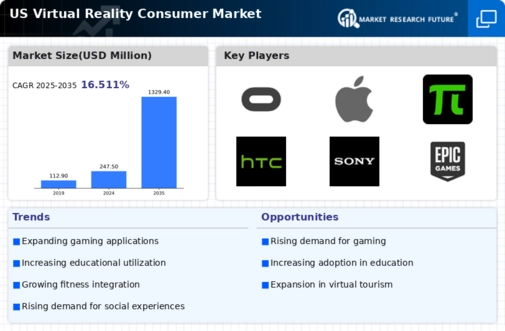
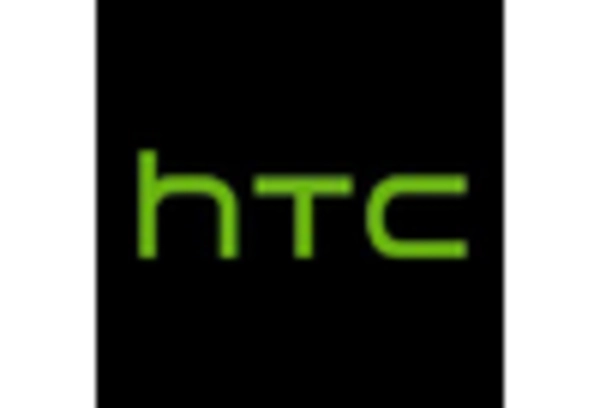
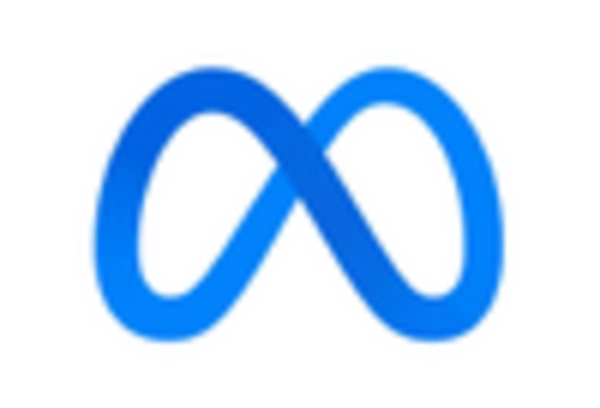

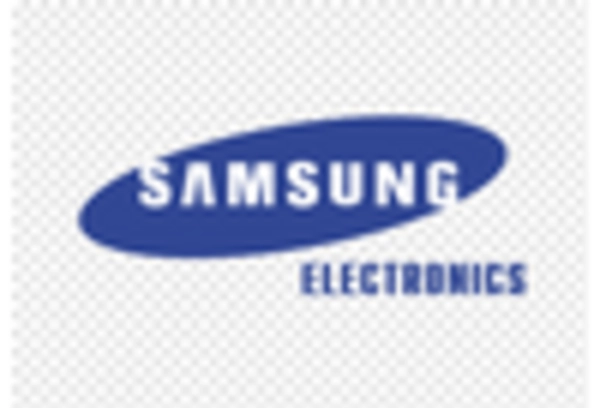
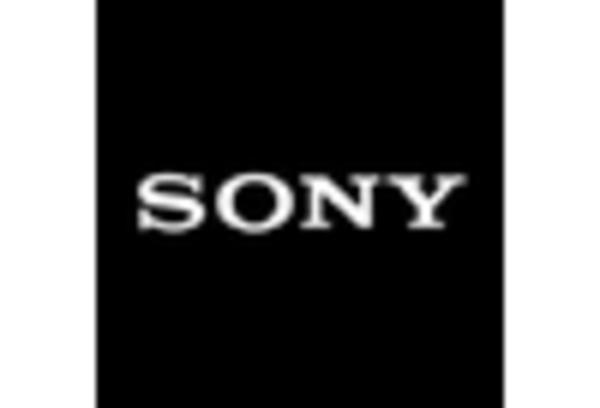
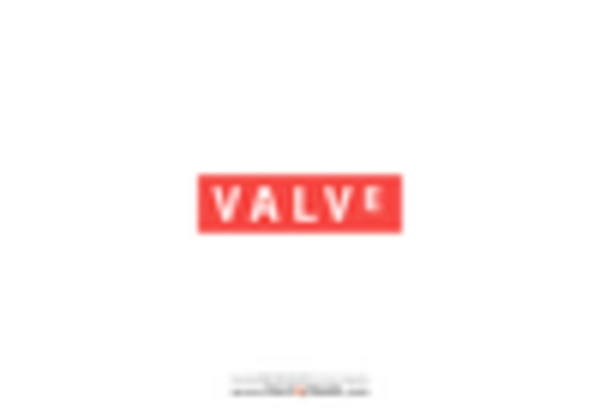








Leave a Comment